Ocean Networks Canada: 'Wiring the Abyss'
A high-tech range of specialized equipment was recently installed deep in the northeast Pacific Ocean to help scientists assess the location’s suitability for observing one of the universe’s most essential and difficult-to-study ingredients, neutrinos.
Ocean Networks Canada (ONC), as part of an initiative of the University of Victoria, deployed the equipment during its annual offshore mission to install and improve cabled observatory infrastructure. This year's project was called Expedition 2018: Wiring the Abyss.
Neutrinos are one of the universe’s most essential ingredients and most abundant subatomic particles, produced by nuclear reactions from solar fusion, radioactive decay and exploding stars. Researchers believe that increased knowledge about neutrinos could help answer some of the fundamental questions in astrophysics—such as those posed about the Big Bang and supernovae—and provide insight into the origin, evolution and fate of the universe.
Unlike charged particles and photons, neutrinos lack an electrical charge and can travel across the universe and through normal matter—including the center of the Earth and human bodies—at nearly the speed of light without interference. This also makes cosmic neutrinos difficult to detect and study without large and very sensitive instruments.
Two specialized instrument arrays were installed during the first leg of the ONC expedition in late June, and commissioning continued during the expedition’s second visit to the Cascadia Basin site in late July. The collection of detailed measurements over two years will assess the deep-sea site, approximately 200 kilometers southeast of Vancouver Island, for future use.
“A potential full-scale neutrino observatory at Cascadia Basin would benefit particle physics, astrophysics, ocean science and marine biology by offering reliable long-term detection capabilities,” said Benoit Pirenne, ONC’s executive director of user engagement.
The equipment being used to detect neutrinos is also sensitive to bioluminescence, providing scientists with data to study trends in this emission of light by marine animals—used to camouflage, attract, defend, warn, communicate, mimic and illuminate.
ONC’s 2018 expedition included the installation of new instruments, sensors and cameras at its Endeavour site 300 kilometers off Vancouver Island. The expansion doubles the amount of instrumentation and improves scientists’ ability to continuously monitor and study the area’s hydrothermal vent systems and ridge-axis tectonic processes.
Hydrothermal vents at Endeavour are part of Canada’s first marine protected area, established in 2003. The vents host a biologically diverse and productive ecosystem that is home to globally unique and distinct native animal species. ONC has continuously monitored the Endeavour hot vents since 2009.
This year’s expedition also installed the last set of earthquake early warning sensors on ONC’s offshore observatory along the Cascadia subduction zone. ONC and Natural Resources Canada have been simultaneously installing land-based seismic and GPS sensors on Vancouver Island. Once completed, ONC’s comprehensive earthquake early warning system will be tested and delivered to Emergency Management BC by March 2019. The BC government has invested $5 million to help develop the existing system.













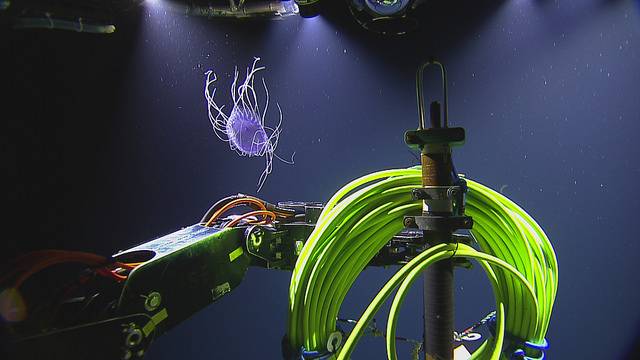
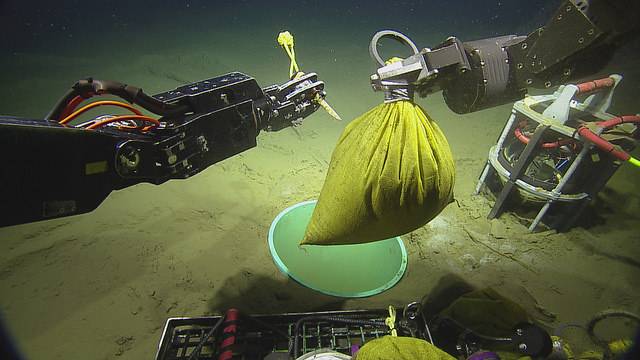
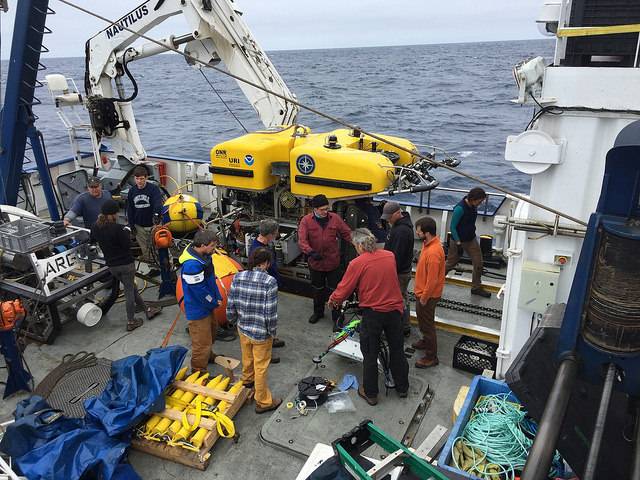
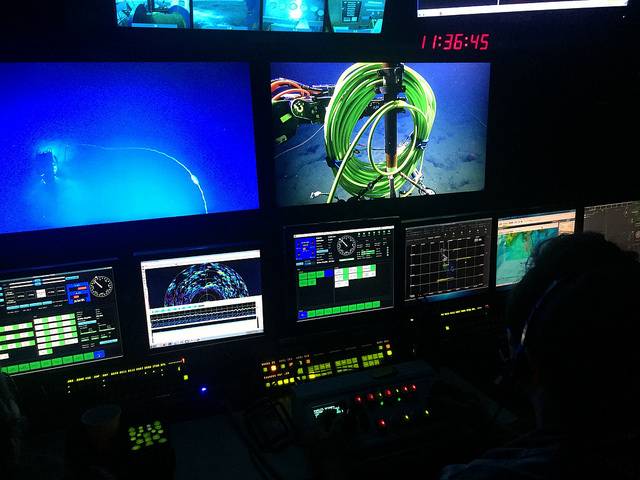


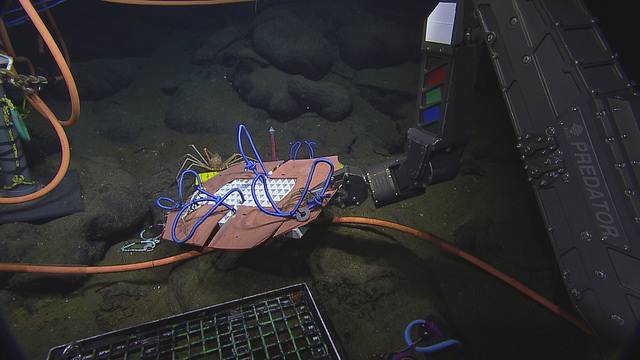
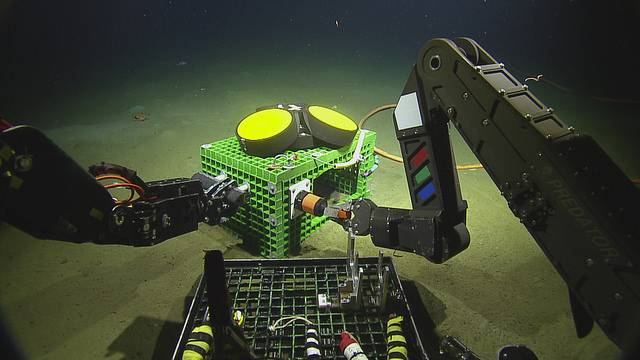
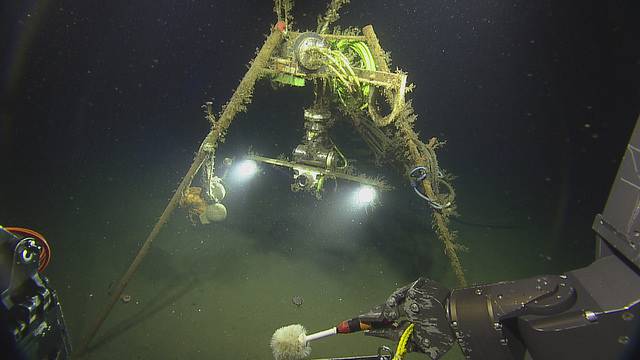
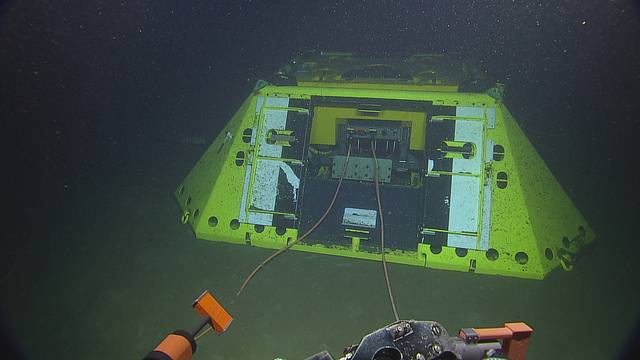
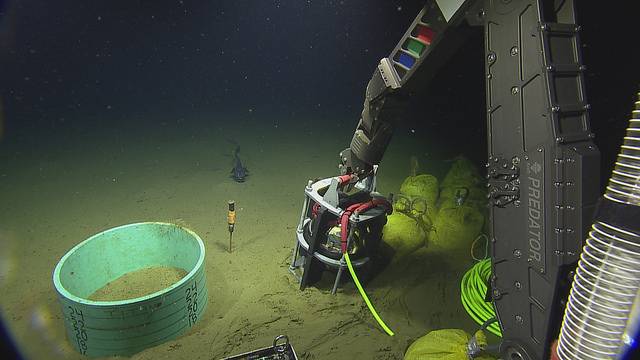
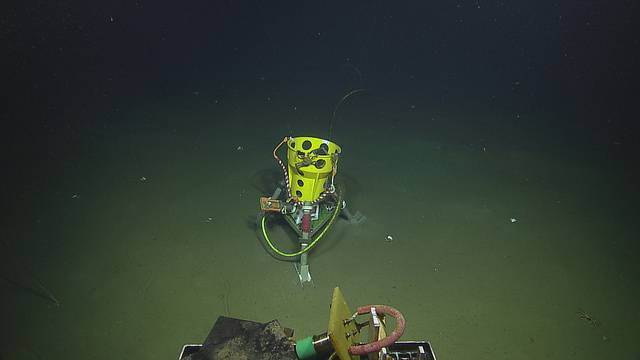
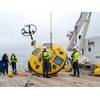











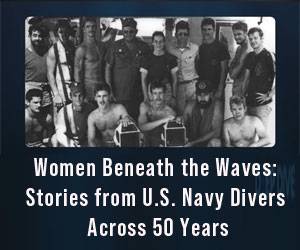

 August 2025
August 2025



